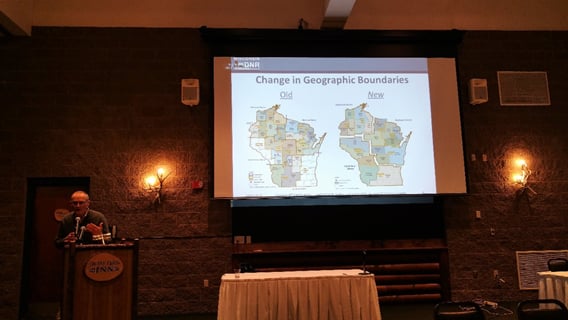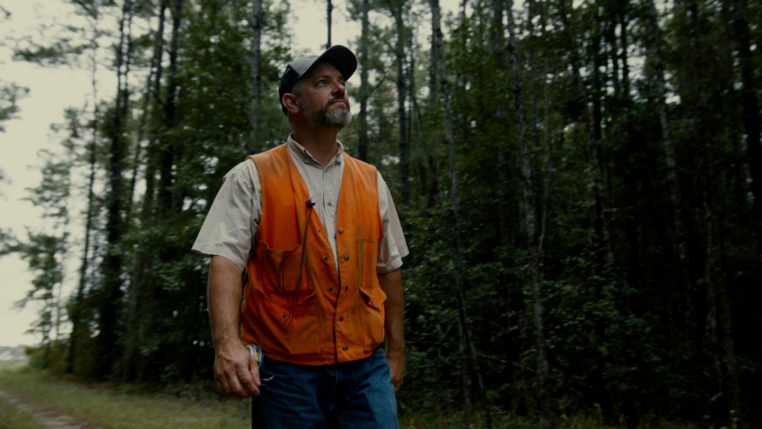Wisconsin 2017 Cooperating Forester Meeting

Wisconsin’s private forest landowners are encouraged to sustainably manage their woodlands through two incentive programs; the Managed Forest Law (MFL) and the Forest Crop Law (FCL). The FCL program closed to new enrollments in 1985 after the Wisconsin State Legislature enacted the MFL program.
The MFL program is widely recognized as a model program for addressing landowners’ interests while promoting the public benefits of sustainable forestry. The MFL program provides landowners with a significant property tax reduction and technical forestry assistance. Lands entered under MFL are required to have written management plans that landowners must follow.
The Wisconsin DNR launched the Cooperating Forester Program (CFP) in 1989, largely due to a growing demand for professional forestry services driven by the growth in enrollments in the MFP program. Private consulting and industrial foresters voluntarily apply to participate and abide by DNR management guidelines. In return, DNR foresters exclusively refer private landowners seeking additional assistance to a cooperating forester. Cooperating Foresters must also attend continuing education courses and file periodic reports with the WDNR.
Annual meetings jointly sponsored by Wisconsin Consulting Foresters and Wisconsin Department of Natural Resources are held each Spring to update participants on the status of the CFP program, as well as to solicit feedback. The meeting normally includes additional sessions of general interest to participants. Attendance at the annual meeting is considered part of the continuing education requirement.
The 2017 Annual Cooperating Forester Statewide Meeting was held April 5th in Rothchild, Wisconsin at the Stoney Creek Hotel and Conference Center. Wisconsin Chief State Forester, Fred Souba, opened the session with a “State of Forestry” presentation. He cited the continued growth of the CFP program in serving landowners, with approximately 103,000 harvest acres reported by CFP participants in 2016, of which 75% were MFL enrollees. He also noted the success of Wisconsin’s Good Neighbor Authority program in getting 35,000 cords of federal timber sold last year.

Fred Souba, Chief State Forester explains WDNR organizational changes
Souba, along with Bureau Director of Forest Management Carmen Hardin, reviewed organizational changes currently underway within DNR Forestry. The changes are both structural and functional, and will take time to implement, but are viewed as helping the agency to improve both the quality and efficiency of services provided.
Breakout sessions in this year’s program included the following:
• Foresters – Help Us to Help You
• NHI/Incidental Take, Running Check & System Flexibility
• Wolves, Cougars and Bears, Oh My
• WDNR Field Data Recorders
• Forest Health Update
• Silvicultural Trials
• Creating and Using Georeferenced Maps: QGIS and Avenza
• Young Forest Initiative
• Conservation Stewardship Program and EQIP Update
This year’s program was reportedly attended by 30 DNR personnel and 214 cooperating foresters. Attendance has grown by an average of about 5 people more per year over the past several years, attesting to the growing value of the Cooperating Forester Program in promoting sound forest management in Wisconsin.


